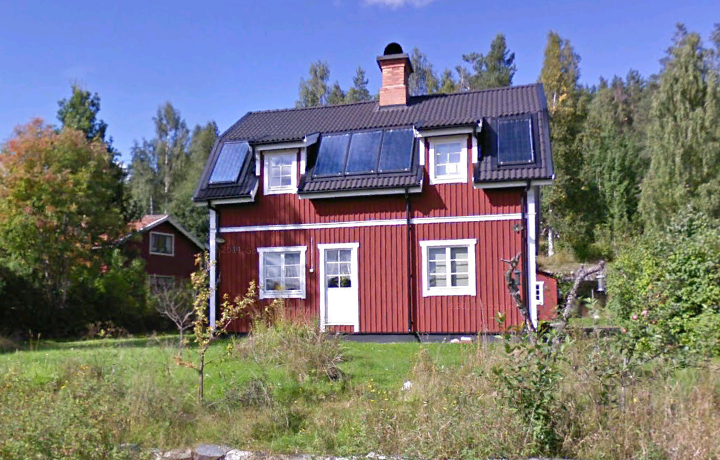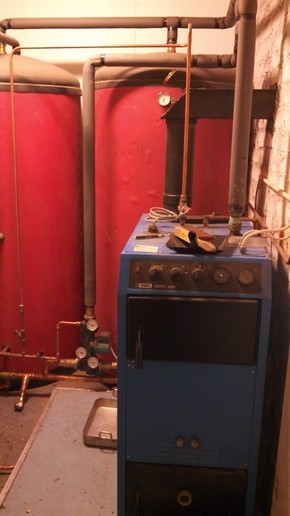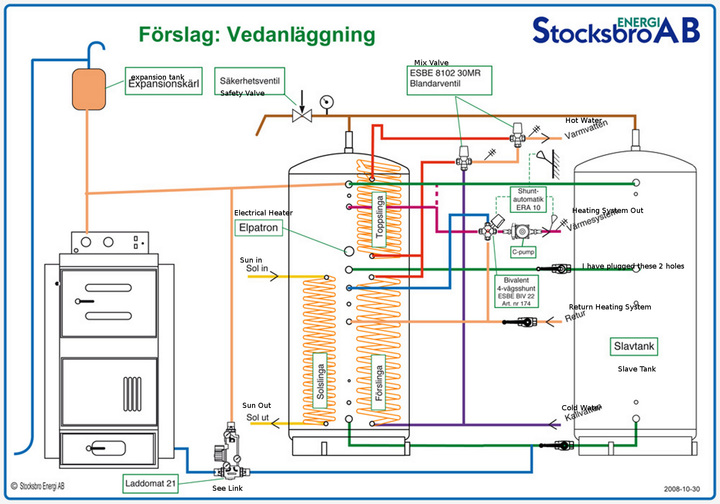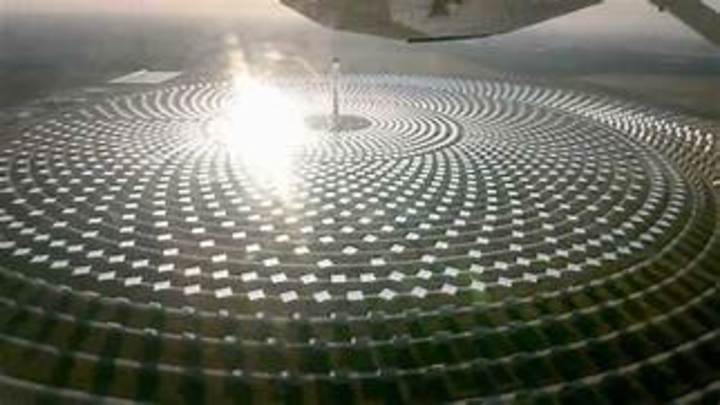I'm sure there are folks here who have hot water radiant heat systems in their cement floors......either in homes, shops or other. I suspect there are a few folks with wind generators.
Is there anyone who is using a wind generator to heat water that is then pumped into their hot water radiant heat system to store the wind energy as heat? It seems to me a slab floor makes for a pretty big battery. :idea:
Wind today has been blowing a constant 20 mph with gusts to over 35 mph. Would love to see it being put to good use vs. just rattling the windows and causing drafts.
Is there anyone who is using a wind generator to heat water that is then pumped into their hot water radiant heat system to store the wind energy as heat? It seems to me a slab floor makes for a pretty big battery. :idea:
Wind today has been blowing a constant 20 mph with gusts to over 35 mph. Would love to see it being put to good use vs. just rattling the windows and causing drafts.





